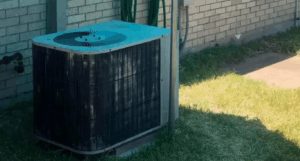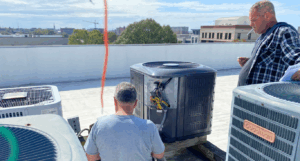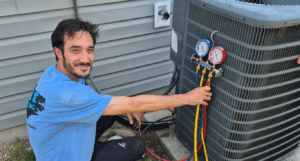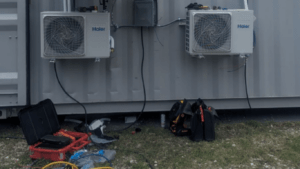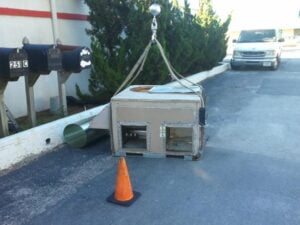HVAC Change Outs: Understanding The Average Costs
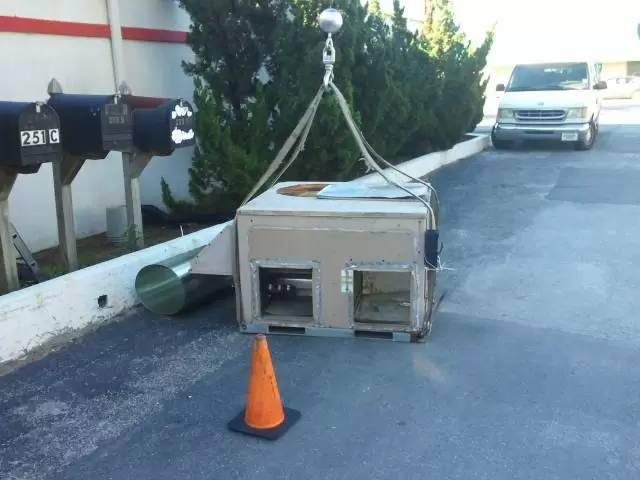
When it comes to home maintenance and improvement projects, one of the most significant investments a homeowner can make is in their HVAC system. Whether you’re looking to upgrade to a more energy-efficient HVAC model or replace an aging unit, understanding the average costs of HVAC change outs is crucial for properly budgeting.
In this blog post, we’ll break down everything you need to know about the costs associated with HVAC change outs, from equipment and installation expenses to factors that can influence the overall price. By the end of this post, you’ll be equipped with the knowledge you need to make informed decisions about your commercial or residential HVAC system.
What Are HVAC Change Outs?

HVAC change outs are a bit like giving your home’s comfort system a complete makeover. Imagine replacing an outdated wardrobe with one that’s tailored, efficient, and perfectly suited to your style – that’s essentially what you’re doing for your home when you undertake an HVAC change out. This process isn’t just about swapping out old equipment for new; it involves carefully removing your existing heating, ventilation, and air conditioning system and replacing it with a new unit designed to better meet your home or office comfort needs and energy efficiency goals.
The complexity of HVAC change outs can vary widely. It’s not always a straightforward exchange of heating and cooling units. For homes with older systems, the process might involve updating ductwork, making electrical improvements, or even adjusting the plumbing to ensure the new system operates at its best. These steps are crucial because they address any underlying issues that could prevent your new HVAC system from delivering the comfort and efficiency you expect in your home or business.
Embarking on HVAC change outs is an opportunity to reassess your home’s heating and cooling requirements. It’s the perfect time to consider the advancements in technology that can offer improved energy efficiency, enhanced indoor air quality, and even smarter temperature control through programmable or Wi-Fi-enabled thermostats.
While replacing your HVAC system might seem daunting, understanding the process and knowing what to expect can make all the difference. This informed approach allows you to partake in the journey of enhancing your home’s comfort with confidence.
Breaking Down the Costs: Equipment and Installation
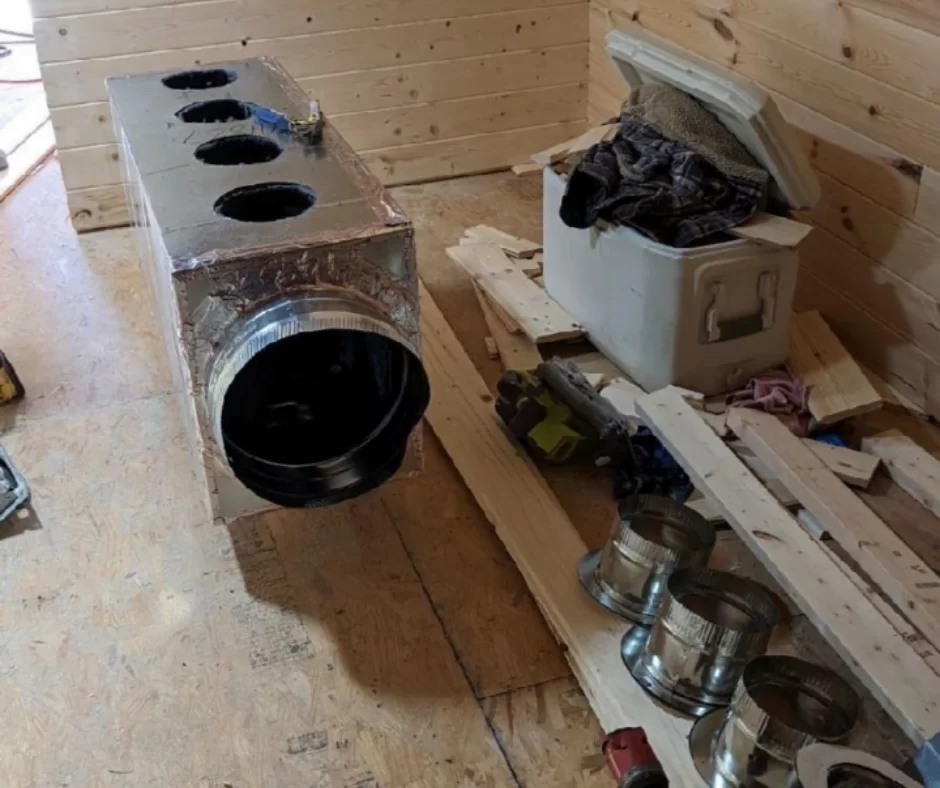
Diving into the specifics, the financial aspect of HVAC change outs can primarily be categorized into the cost of the new equipment and the installation fees. The price tag attached to the HVAC unit will fluctuate based on the size of the system you opt for and its energy efficiency rating. Typically, a more robust and energy-efficient unit might have a higher upfront cost but can potentially lead to savings on your energy bills over time.
Regarding the installation job, several variables come into play that can affect the final cost. The complexity of the installation, which can include the need for updating ductwork, making necessary electrical modifications, or even plumbing adjustments, significantly influences the overall price. Furthermore, where your HVAC system is located—be it in a hard-to-reach attic space or a readily accessible area—can also impact the installation cost.
It’s incredibly beneficial to contact and talk with multiple trusted HVAC contractors to garner a variety of quotes. This step gives you a clearer picture of the potential costs and offers insights into the different approaches and recommendations from heating and cooling professionals. Remember, the cheapest quote isn’t always the best one to choose. Instead, aim for a balance between a fair price and quality heating and air service.
Every home and HVAC system has unique requirements, and understanding these distinctions is key to navigating the costs associated with equipment and the heating and cooling installation process. By approaching this phase with a well-informed mindset, you’re laying the groundwork for a successful HVAC change out that meets both your budget and the comfort needs in your home.
The Influence of Home Size and System Size on Costs
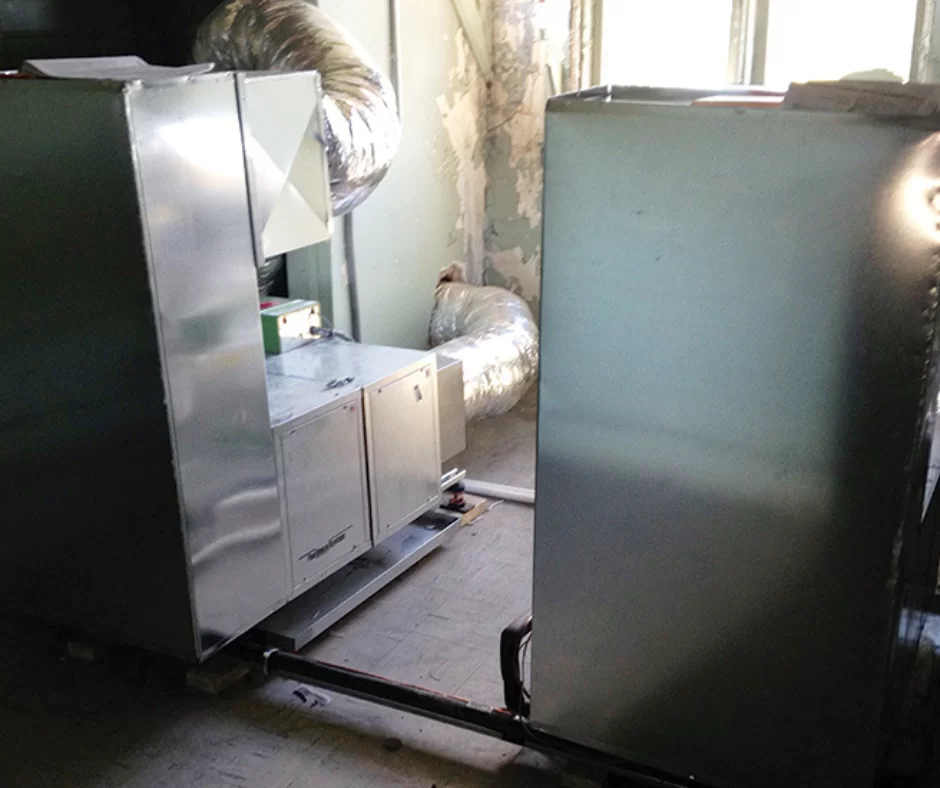
When navigating the waters of HVAC change outs, an essential factor to keep on the top of your mind is how the size of your home or business and the corresponding size of the HVAC system required plays a pivotal role in determining overall costs.
It’s almost like piecing together a puzzle; the larger your living space, the larger and more powerful the HVAC system needs to be to ensure every corner of your home is comfortably heated or cooled. This direct correlation significantly impacts the upfront costs associated with both equipment and installation.
For homeowners with larger spaces, it’s crucial to understand that a more extensive HVAC system doesn’t just mean higher initial purchase prices. It also often entails a more complex installation process, potentially involving additional ductwork modifications or electrical upgrades to accommodate the larger unit’s needs. These elements combined can escalate the overall expense of the HVAC change out.
However, this doesn’t mean that those with larger homes are stuck in a situation where costs are uncontrollably high. By being aware of this relationship between home and system size, you can engage in discussions with HVAC professionals and know the right questions to ask.
Ask about the most efficient system options for larger spaces, inquire about potential modifications required for your home, and explore all avenues to ensure that the HVAC system you choose is both effective and economically viable for your unique space. This proactive approach allows you to navigate the intricacies of HVAC change outs with confidence, ensuring that you find a solution that balances comfort with cost.
Additional Factors That Affect HVAC Change Out Costs
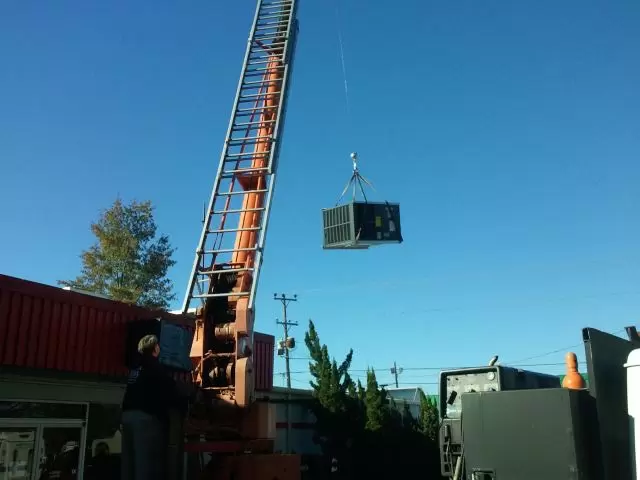
Beyond the core elements of equipment, installation, home size, and system size, your HVAC change out budget could be influenced by a handful of other considerations. The era of time in which your house was built, for instance, might necessitate certain structural modifications to accommodate modern HVAC systems.
Similarly, the state of conditioning of your existing ductwork plays a critical role. Air ducts in need of repair or replacement can add a significant amount to your overall costs.
Accessibility is another key factor. The ease with which technicians can access the installation site within your home determines some factors. Whether the HVAC systems location is tucked away in a cramped attic or, located in a spacious basement. The location can greatly affect labor hours and, consequently, the project’s final bill.
Additionally, extra features or system enhancements you decide to include will also add some extra costs. Options such as smart thermostats, high-efficiency filters, or UV light air purifiers, while offering long-term benefits, require an upfront investment.
Taking these varied factors into account allows for a comprehensive approach to budgeting for your HVAC change out. By understanding the potential for additional expenses, you’re better prepared to ask educated questions and make choices that align with your installation and budget needs. This level of preparation ensures that when you do take the plunge, you’re doing so with a full understanding of the project’s scope and potential financial impact.
Saving Money on Your HVAC Change Out

Embracing an HVAC change out does not mean your budget has to take a massive hit. There are savvy strategies to keep costs manageable while ensuring you’re still upgrading your home’s comfort system. One such way is by prioritizing energy efficiency.
Selecting a unit with a high SEER (Seasonal Energy Efficiency Ratio) rating might have a higher initial cost, but the savings on energy bills can be substantial over time. Additionally, seeking out multiple quotes from reputable HVAC contractors in your area is more than just comparison shopping—it’s about finding the right fit for your project and ensuring you’re getting the best value for your investment.
Don’t overlook the potential financial support from your local utility company; many offer rebates or incentives for installing energy-efficient HVAC systems. This can significantly reduce your upfront costs, making the investment in your home’s comfort and efficiency more accessible. Engaging in these strategies not only helps in finding a cost-effective solution for your HVAC change out but also contributes to long-term savings and environmental sustainability.
Conclusion and Next Steps
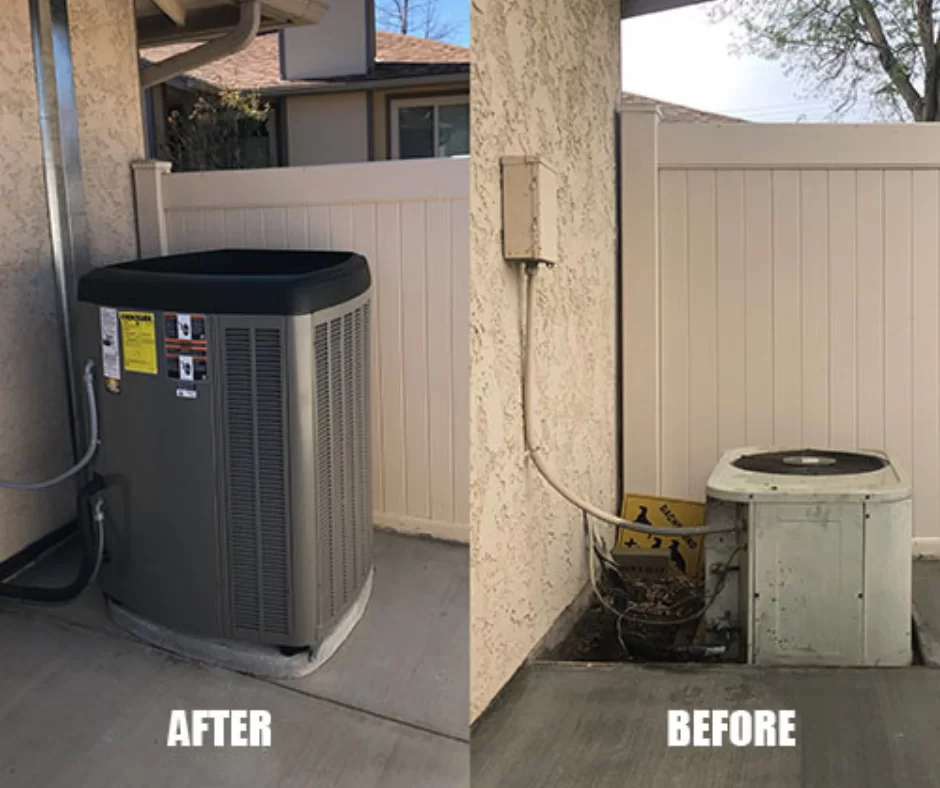
Wrapping up, and navigating the landscape of HVAC change outs requires a blend of knowledge, preparation, and strategic planning. As we’ve explored, the journey involves more than just understanding the sticker price and a commercial or residential HVAC chang out job.
It’s about diving deep into the intricacies of equipment costs, installation processes, and how the specifics of your home influence the overall investment costs. The journey doesn’t end at recognizing these factors; it’s equally about leveraging this awareness to make choices that are not only economically wise but also enhance the comfort and efficiency of your living space.
The path forward involves gathering comprehensive quotes that reflect both the quality of service and value, considering energy-efficient models for long-term savings, and remaining open to the incentives that might be available to you. Your initiative to equip yourself with this knowledge signifies the first step toward a successful HVAC change out, setting the stage for a home that is more comfortable, more efficient, and ultimately more in tune with your needs.
As you move ahead, remember that the decision to invest in an HVAC system is a significant one, but it doesn’t have to be overwhelming. Armed with the right information and a proactive approach, you’re well on your way to making a choice that benefits your home for the long haul. Stay curious, stay informed, and take those next steps with confidence.



